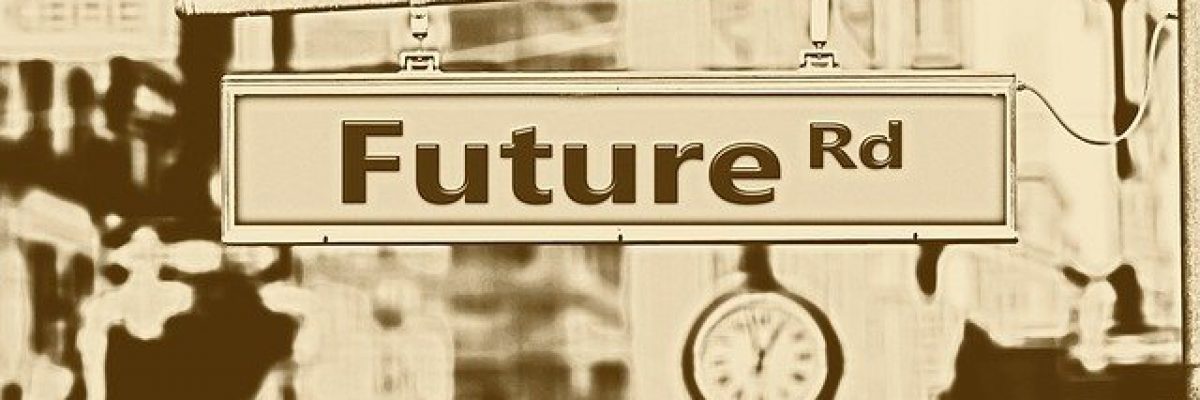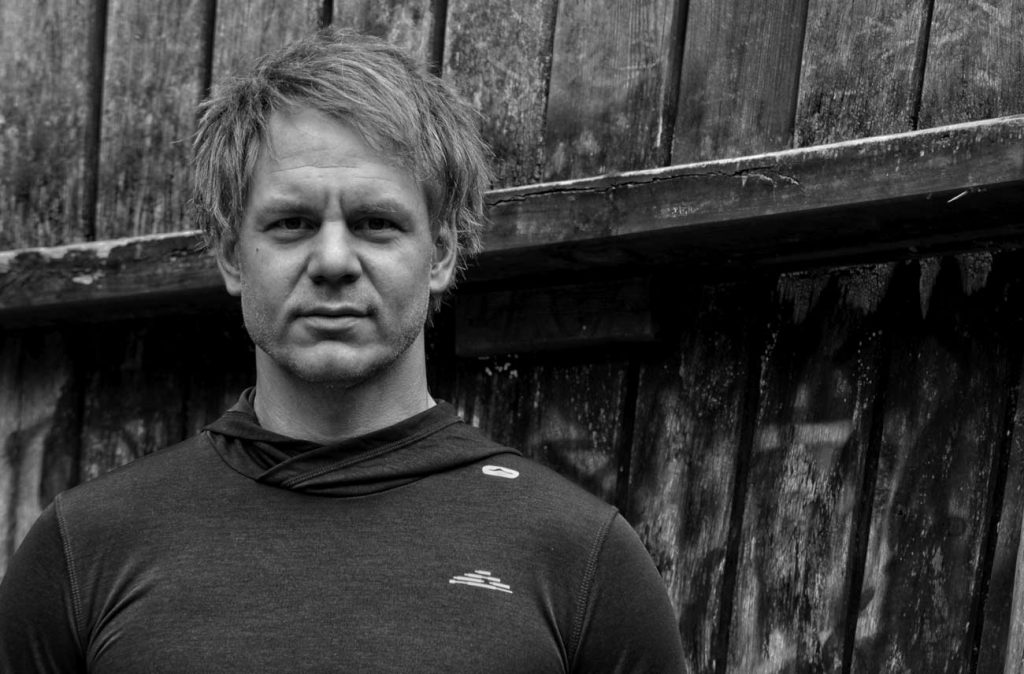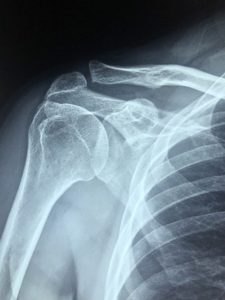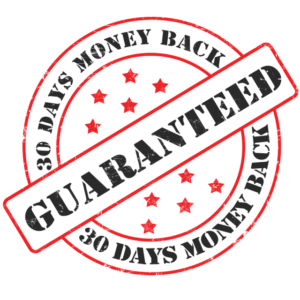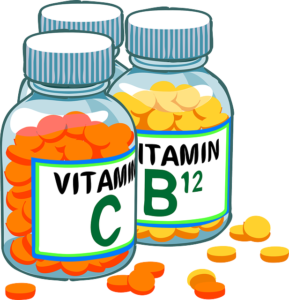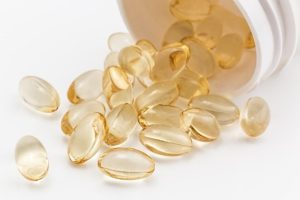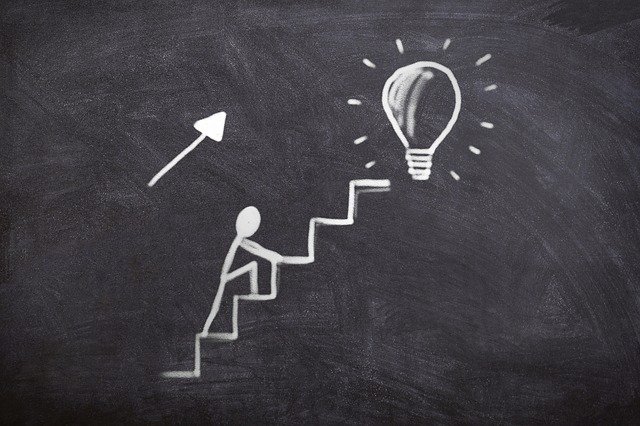The pain relieving expert is asked: How do you think pain develops in the body? And why is such a fast downshifting of pain, through your treatment, possible at all?
“I believe that minimalist, recurring movement patterns become strongly entrenched in the brain. What do I mean by that? Something that is done 100.000 times in life runs faster and better than something that has only been done 1.000 times. Logical, isn’t it? What are these minimalist movements? The modern world of life and work is strongly characterised by sedentary or one-sided stressful, routine activities.”
For example?
“How many times a day are the legs pulled towards the upper body?”
How often? No idea.
“Sitting at the table, sitting at the car, sitting in the office, sitting again in the car, sitting in front of the TV, sleeping with legs tucked in – about 18-20 hours. Per day, Every day, for years. The minimum movement is always from 0-80…90 degrees.”
“How often are activities done in front of the upper body, rounding the back, lowering the head?”
No idea!
“When was the last time you reached for something behind your back? Work is usually always done in front of the upper body. Looking at your mobile phone does, too. ![]() The minimum movement of the shoulders and arms is always from 90-130…140 degrees.”
The minimum movement of the shoulders and arms is always from 90-130…140 degrees.”
And these constant short movements are the trigger for pain?
“Only 10% of 100% of the possible movement profile is performed every day. If muscles and fascia are no longer regularly stretched to their full extent, they become more and more unyielding over time. Figuratively speaking, they “rust”.”
But how does this cause pain?
“Receptors are located everywhere in the body tissues that measure tensile and compressive stresses as well as velocities and transmit them to the brain. If the brain uses this information to calculate wear and tear on the joints or spine that is greater than the body’s ability to repair, the brain switches on a pain.”
“This is a protective function of the body. The pain is switched on in the area of the body that is “threatened” by a damaging movement. “
And what is your insight from this?
“Pain usually exists independently of the damage and can therefore also be “switched off” despite damage.”
Does that mean that damage does not necessarily have to be a symptom of pain?
“Exactly. I know people who should actually have pain according to the MRI. But I also know people who don’t show anything on the MRI, but who have had pain for years.”
“I would like to answer your other question, why my application has such a quick and lasting effect, next time, ok?”
Sure. Then see you next week. ![]()

